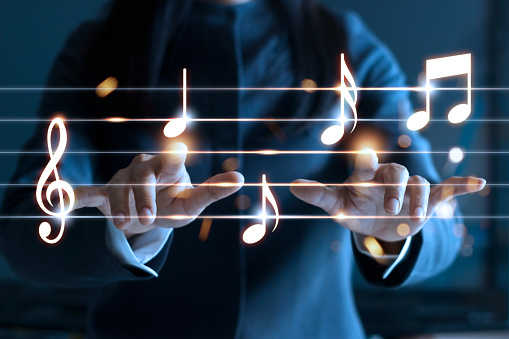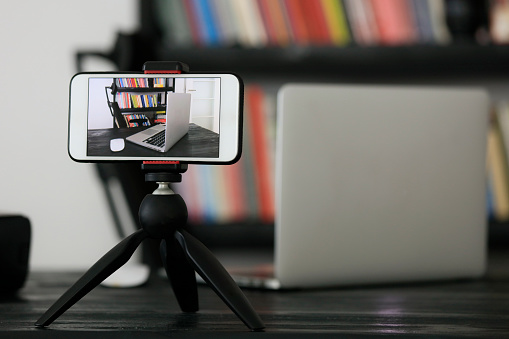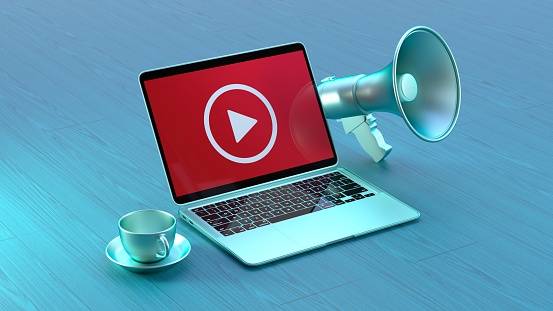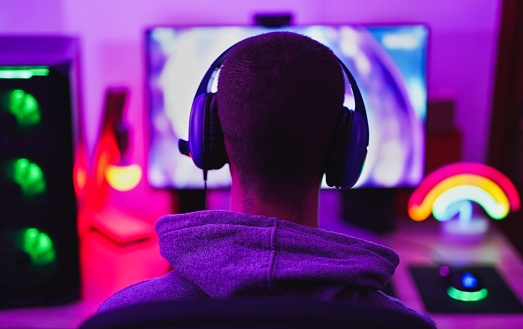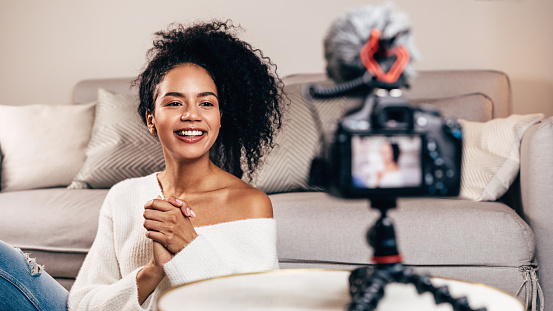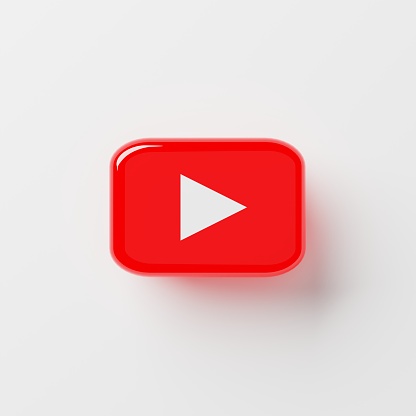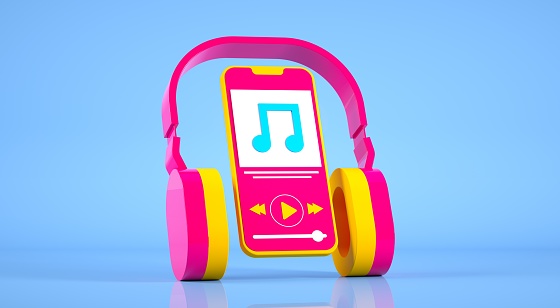How to capture second-angle videos only by your smartphones
A lot of YouTube videos are filmed from a single angle, but adding a second angle can create a lot of visual interest. It can also increase your production value by making your videos look more professional. You don’t need to shell out for an additional DSLR, though. If you want to film from a second angle, you can simply use your smartphone.
Here’s how to use your smartphone to capture a second angle.
1. Adjust your phone camera settings to match your DSLR.
First, you’ll want to ensure that the quality of the footage shot by your camera phone matches the quality of the footage shot by your DSLR as closely as possible. Nowadays, a lot of smartphones are able to shoot really high-quality video, with some models able to go as high as 4K. However, those cameras might not be automatically set to their highest levels, so you’ll need to adjust the settings manually.
Go into your phone’s settings. Next, find the camera settings and select “record video.” Then, from the options available, choose the one that most closely aligns with the settings on your DSLR. Check both the resolution and the fps (frames per second) to make sure you’re getting the best match.
2. Invest in a tripod to keep your phone camera steady.
Like your DSLR, your smartphone will need a tripod. This extra piece of equipment will ensure your phone camera is steady, and it will prevent your footage from being shaky. A tripod is also helpful for adjusting the angle of your phone’s camera. You’ll be able to adjust its height, shot distance etc.
You can find affordable tripods that are specifically designed for phones online. There are different models available for different kinds of phones.
3. Decide what you want your second angle to show.
Oftentimes, creators use their second angle as a close-up cam. With your phone, you can get a closer shot of the DIY you’re making, the makeup you’re applying, the cake you’re decorating, or whatever else is on the table in front of you. A close-up shot is also handy for giving viewers a better look at any products you’re reviewing.
A close-up shot isn’t the only thing you can do with your second angle, however. Instead, you might set up a wide shot of your filming space. A wide shot is especially helpful when you’re working on a large project or moving around a lot.
Alternatively, you could use your second camera to capture the same shot from a different direction. If your DSLR is filming head-on, then your second camera might shoot from the side. This kind of angle is handy for videos where viewers could benefit from watching what you’re doing from a different direction, such as makeup tutorials and exercise routines.
4. Clap to sync the video and audio on both cameras.
You might be worried about editing your video with footage from two different cameras. Trying to align the footage from both angles up can be a struggle. However, you can easily sync them by matching up the scratch tracks (the audio captured by each camera’s mic).
To make it even easier on yourself in post-production, clap once loudly at the start of each recording. Then, when you import the footage into your editing software, you’ll simply have to match up the giant spikes in the audio files attached to each video file. You can line up the spike in the audio file from your external microphone as well. Be sure to cut the clapping out before exporting your finished video.
A second angle can improve your video’s quality by adding a lot of visual interest, and your smartphone makes that easy. Adjust your phone camera setting and sync your audio to ensure your footage looks great.
Related Posts
